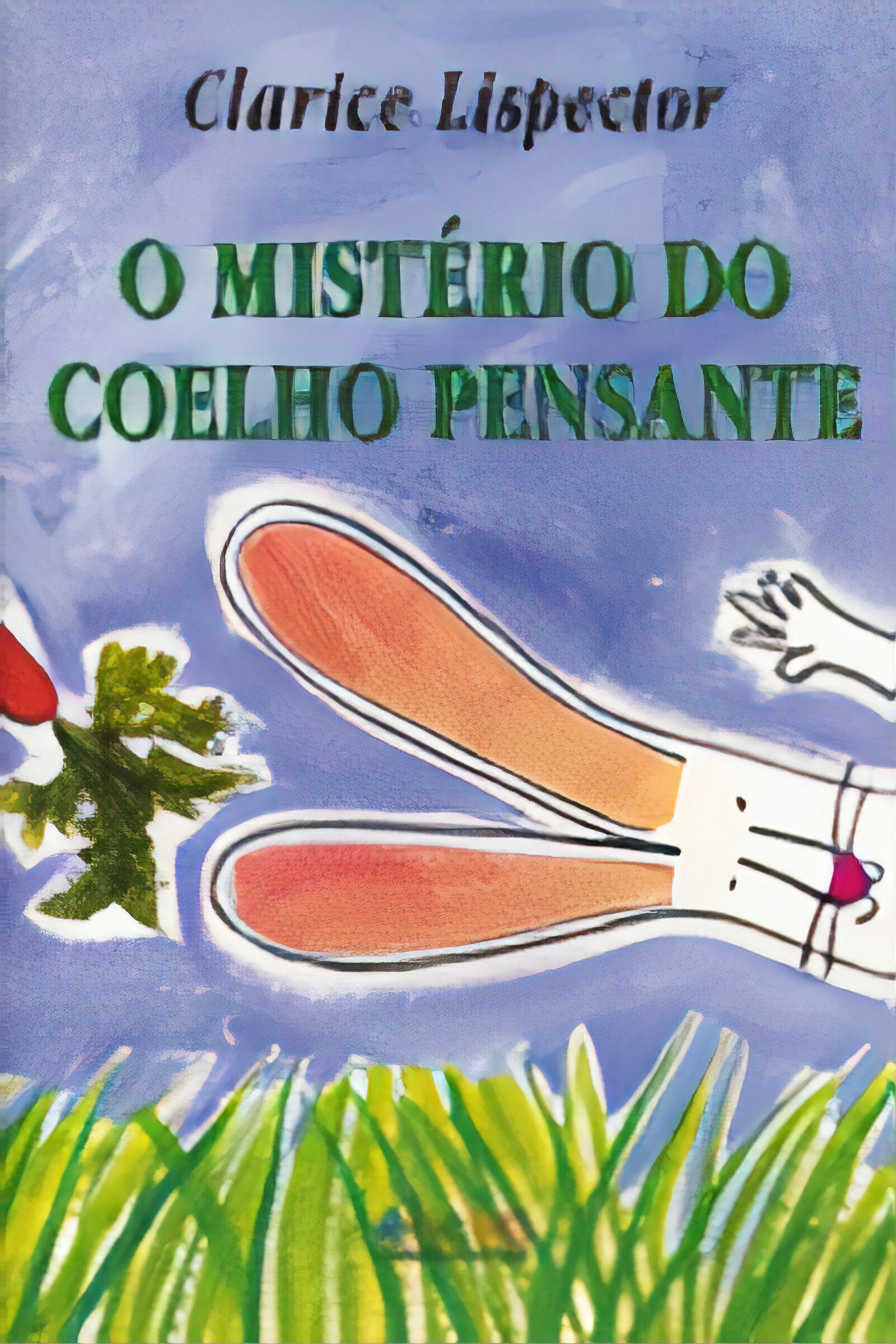The Mystery of the Thinking Rabbit* (1967) was the first work for children published by the author. Written in the 1950s, initially without the intention of being published, according to Clarice Lispector it was born from a question from her son, Paulo: “Why do you only write books for adults? None for children?” Thus in 1967 The Mystery of the Thinking Rabbit was published for children. In a note signed by C. L. that precedes the book, the author makes it clear that the text presupposes being read out loud by an adult who will have the task of contributing by filling in between the lines. And the gaps in meaning are numerous, as the narrative is frayed and raises many questions. The recommended procedure –– staging the reading –– seems to also hold for other productions by the author dedicated to childhood, requiring reading out loud to be effective. The narrator in The Mystery of the Thinking Rabbit is named Paulo, which evokes the name of Lispector’s son and will strengthen the bonds with the reader, given that the narrative is constructed as an intimate conversation where the one who listens/reads is constantly called to action. The plot centers on the rabbit Joãozinho, who smelled ideas and devised a way to leave his cage whenever there is no food. The humans notice this and do not fail to give him food. However, the rabbit desires much more than the humans offer him, and his life becomes “eating well and escaping, and always with his heart beating.” More than for the sake of adventure, the rabbit had developed a taste for liberty, and it is outside the cage that he really manages to be a thinking rabbit. Lispector’s poetics is evident in the fluid plot, in the doubts and questionings, in the presence of a narrator who is always close to her reader and claims she does not know some answers, allowing the doubt to carry on. Mystery narratives commonly lead the reader to investigate clues, develop solutions, and solve enigmas. In Clarice Lispector’s writing the mystery is different. It is not a puzzle related to facts; it’s only the possibility of playing at being a rabbit, to put oneself in the shoes of the other, to think from different angles. In the text, which emphasizes fantasy and imagination, playing and thinking set the tone, and the contamination between rabbit and human, underscored at the end of the narrative, makes room for the marvelous.
* The book was published as a short story in collection The Woman Who Killed the Fish.
ByRosa Gens

